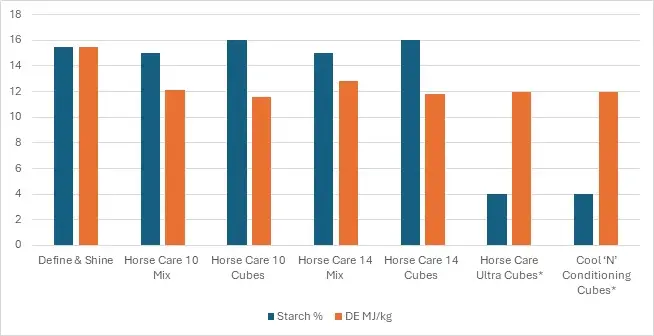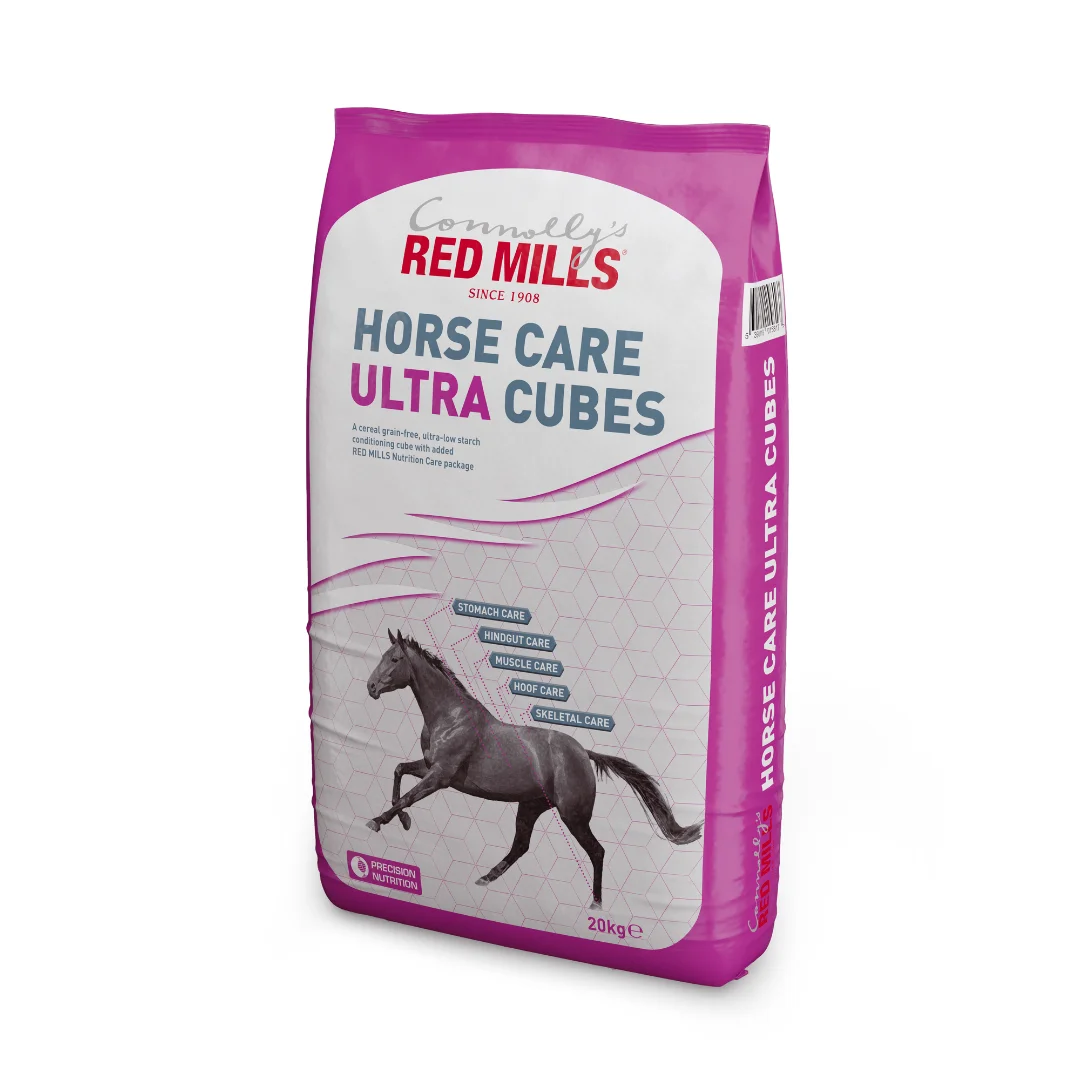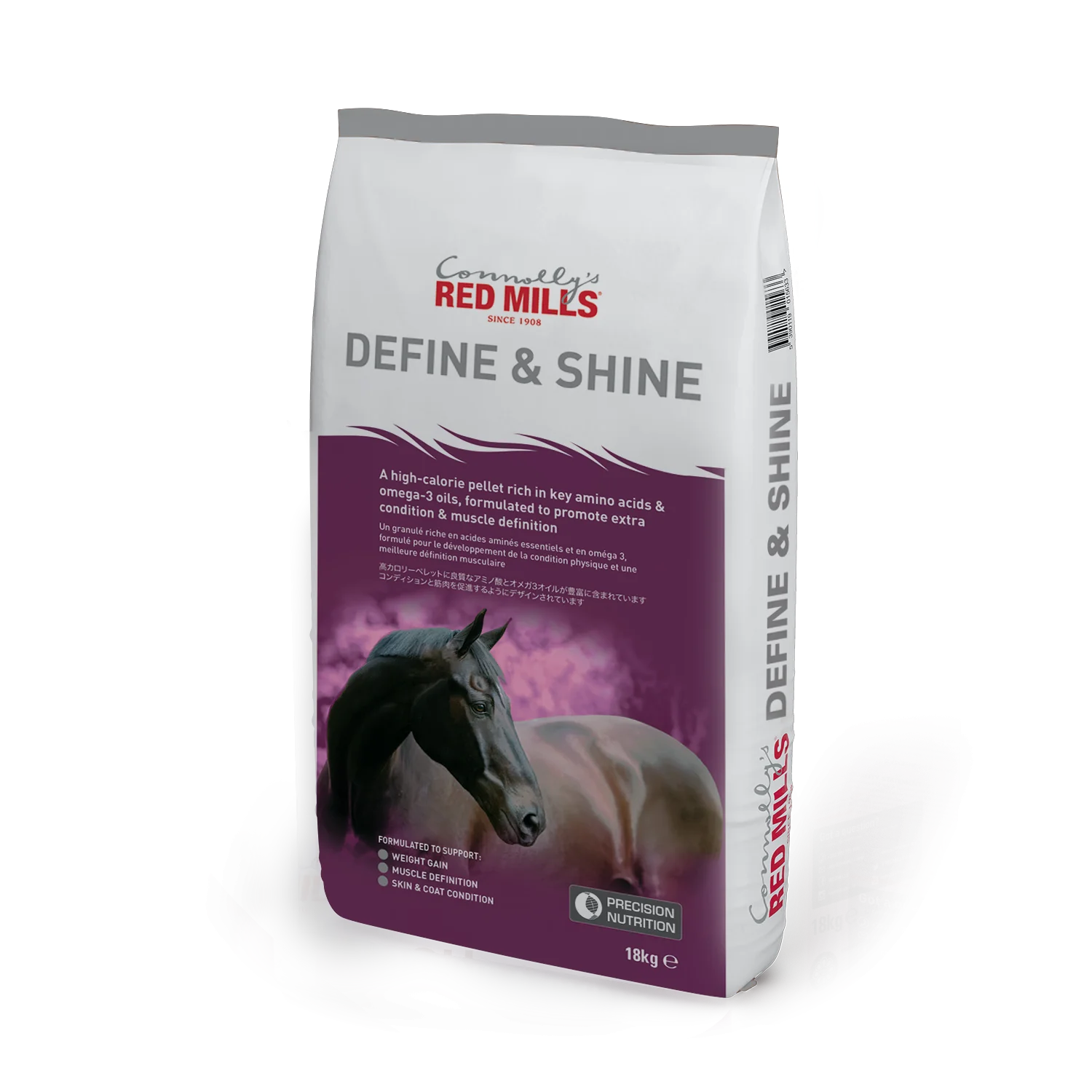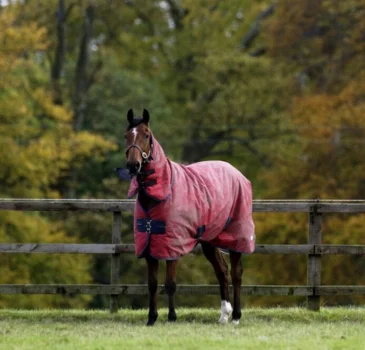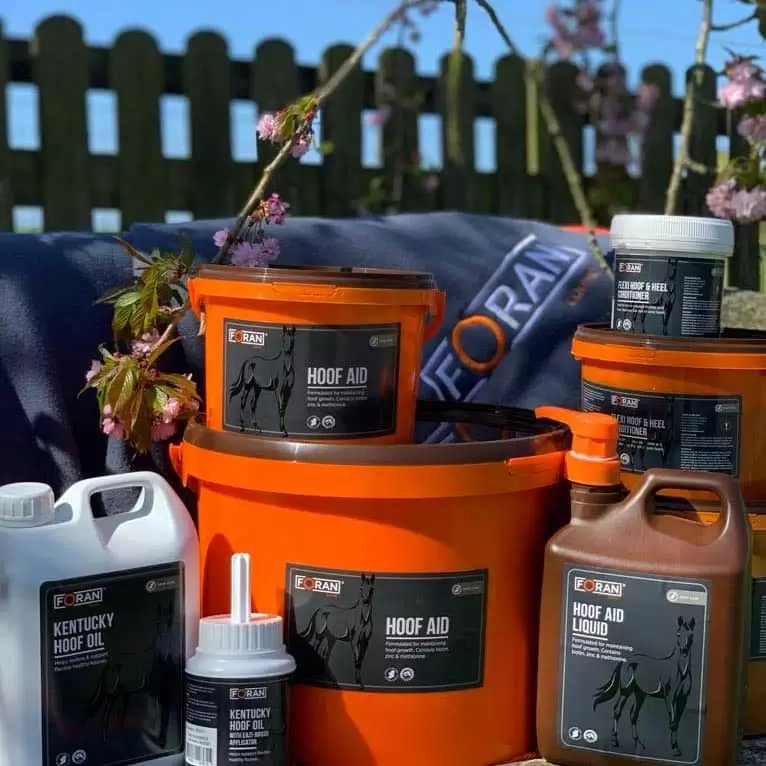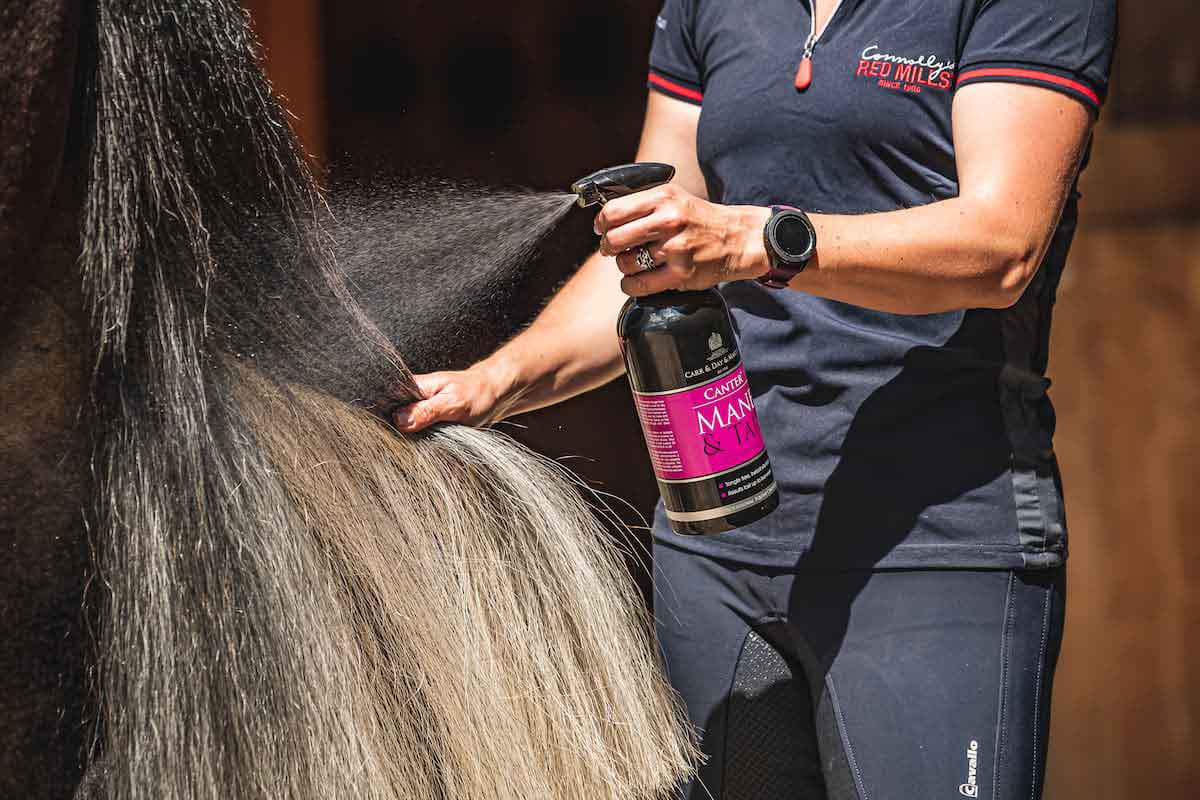Knowing your Horses Body Condition Score (BCS): Your Guide to Optimal Condition
Putting weight on a skinny horse can be a difficult and frustrating task. Before making changes to your feeding programme, it’s important to eliminate any possible reasons your horse might be underweight or losing weight. These may include a parasitic burden, poor dental condition or equine gastric ulcer syndrome. Regularly weighing and assessing your horse’s body condition score (BCS) (read more about how to assess your horse’s body condition here) will help you monitor their weight and taking frequent photos can also be beneficial.
Importance of Forage
Feeding a horse for weight gain should be based around the feeding principles of ad lib forage. It’s important to ensure the forage is both nutritious and palatable. Grass is an obvious choice but if turn out is restricted or grass growth is limited supplementary conserved forage will be needed. Try to choose an early cut hay or haylage as these tend to be more digestible and highly palatable.
What to feed to support weight gain in horses?
Like humans, horses gain weight by consuming more calories than they use. Therefore, when selecting a horse feed for weight gain one of the most important factors to consider is its energy (calorie) content, which is measured as mega joules of digestible energy per kilogram of feed (MJ/ kg DE) – the higher the number, the more calories it contains. Typically, feeds formulated to promoting condition, such as Conditioning 14 Mix or Cool’N’Conditioning Cubes, contain around 12-13.5 MJ/kg DE.
It is also important to consider the recommended feeding rate. A low intake horse feed balancer is obviously going to provide less calories, because you feed relatively small amounts, than a feed designed to be fed at a higher rate. The only exception to this are products that have been specifically formulated to be very high in calorie, even when fed in small amounts such as RED MILLS Define & Shine.
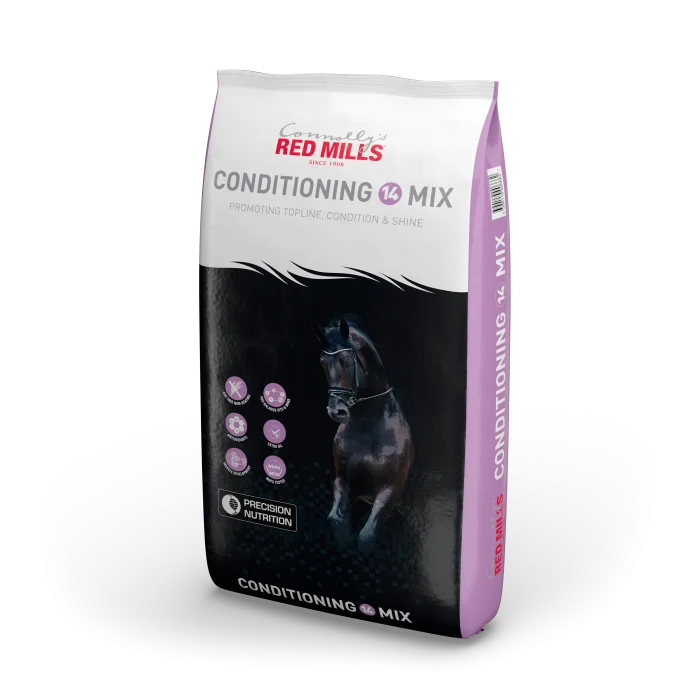
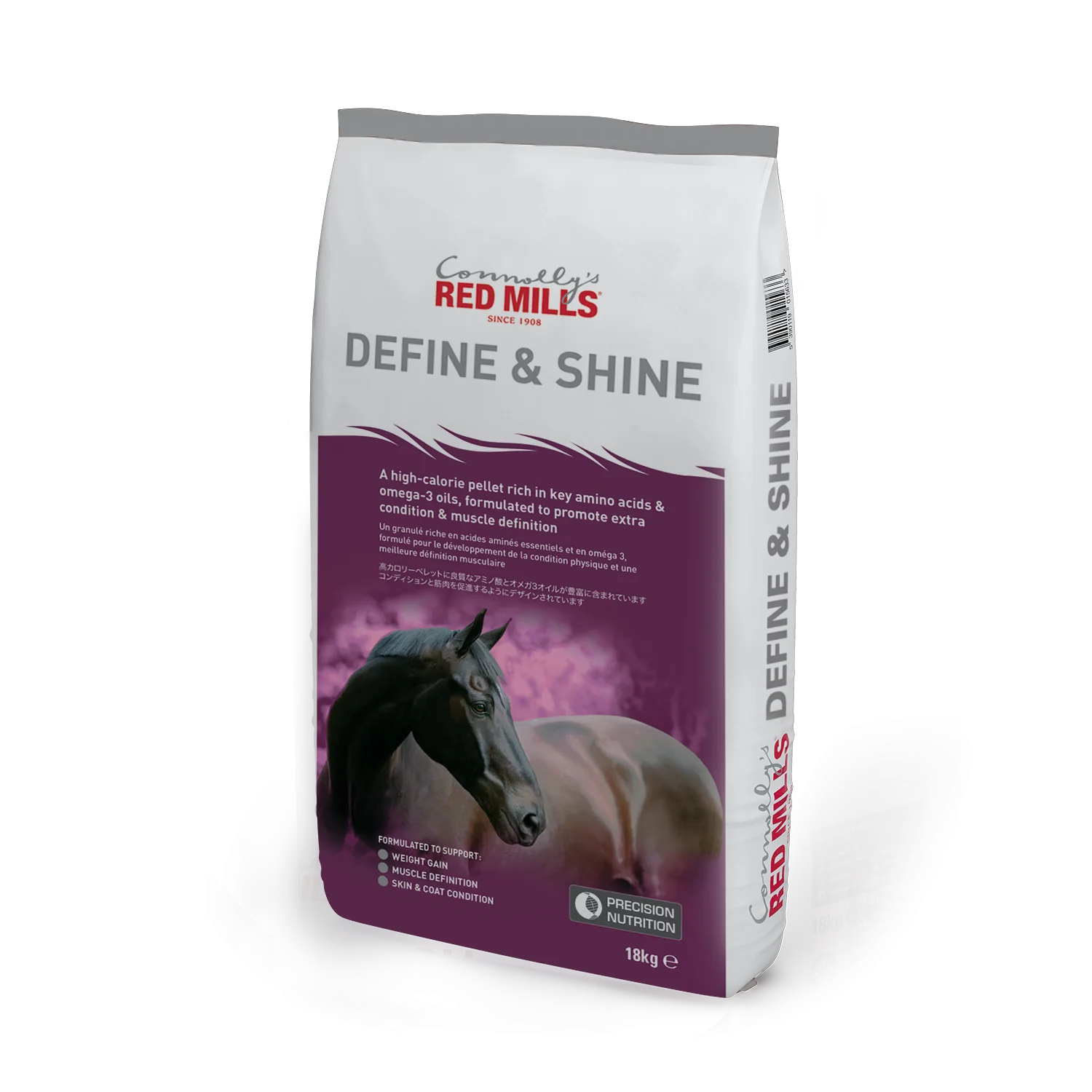
RED MILLS Define & Shine: A low starch top-up Horse Feed for Condition
Define & Shine is another great conditioning top-up horse feed option. This calorie dense (15.5MJ/kg) pellet is an ideal addition for horses that need extra condition and muscle definition. whilst keeping meal sizes small for your equine athlete.
This is a high-calorie pellet rich in key amino acids & omega-3 oils. It is a low starch horse feed that is non-heating and is suitable for even excitable or stress individuals.
Define & Shine is specially formulated to support weight, muscle development, quality topline and best coat condition. Find out where you can purchase RED MILLS Define and Shine in a store near you.
Consider Temperament
Cereals (for example oats and barley) are a high in starch. They provide what is commonly referred to as ‘fast release energy’ and are digested and absorbed into the blood stream relatively quickly. High cereal feeds may exacerbate ‘fizzy’ behaviour in horses that naturally have an excitable temperament, although the reasons for this are not fully understood. On the other hand, fibre and oil are broken down and absorbed relatively slowly. Consequently, they are known as ‘slow release’ energy sources.
Nervous, excitable, or stressy horses can often ‘waste energy’ and as a result may lose weight. To help these excitable horses maintain optimal weight and promote an even temperament, a low starch horse feed containing fibre ingredients (e.g. sugar beet, soya bean hulls, alfalfa meal) and oil will be more suitable than a cereal-based ration.
Explore Our Comprehensive Low Starch Horse Feed Lineup here!
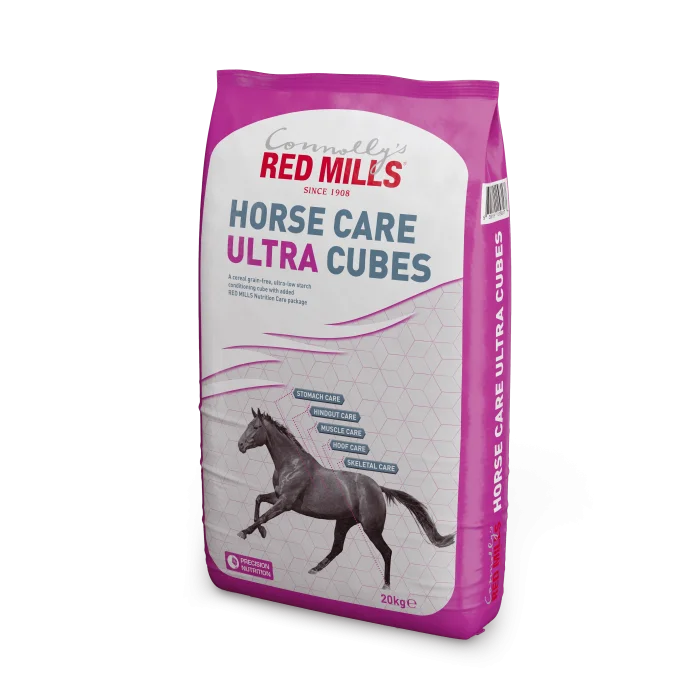
A healthy digestive system is crucial for weight gain in horses and gastrointestinal problems such as gastric ulcers, hind-gut acidosis can certainly result in a horse failing to thrive.
To help improve digestibility for the horse and achieving a better nutritional outcome at RED MILLS we use a five-stage process, known as Precision Nutrition when making our feeds. As part of this process, we use steam cooking, extrusion and double pelleting to improve nutrient digestibility. Thereby ensure that they are readily available to the horse during digestion and that the risk of undigested starch reaching the hind-gut where it can lead to problems such as loose droppings or even colic is reduced.
We also understand that some horses needing extra support to help maintain digestive health. Our team of nutritionists have specifically formulated our Horse Care range of feeds to include live yeast, prebiotics and a long-lasting natural gastric acid buffer all of which help to maintain overall gut health.
If you’ve got any questions on your feeding regime or how to feed for weight gain and condition, get in touch with our experts.
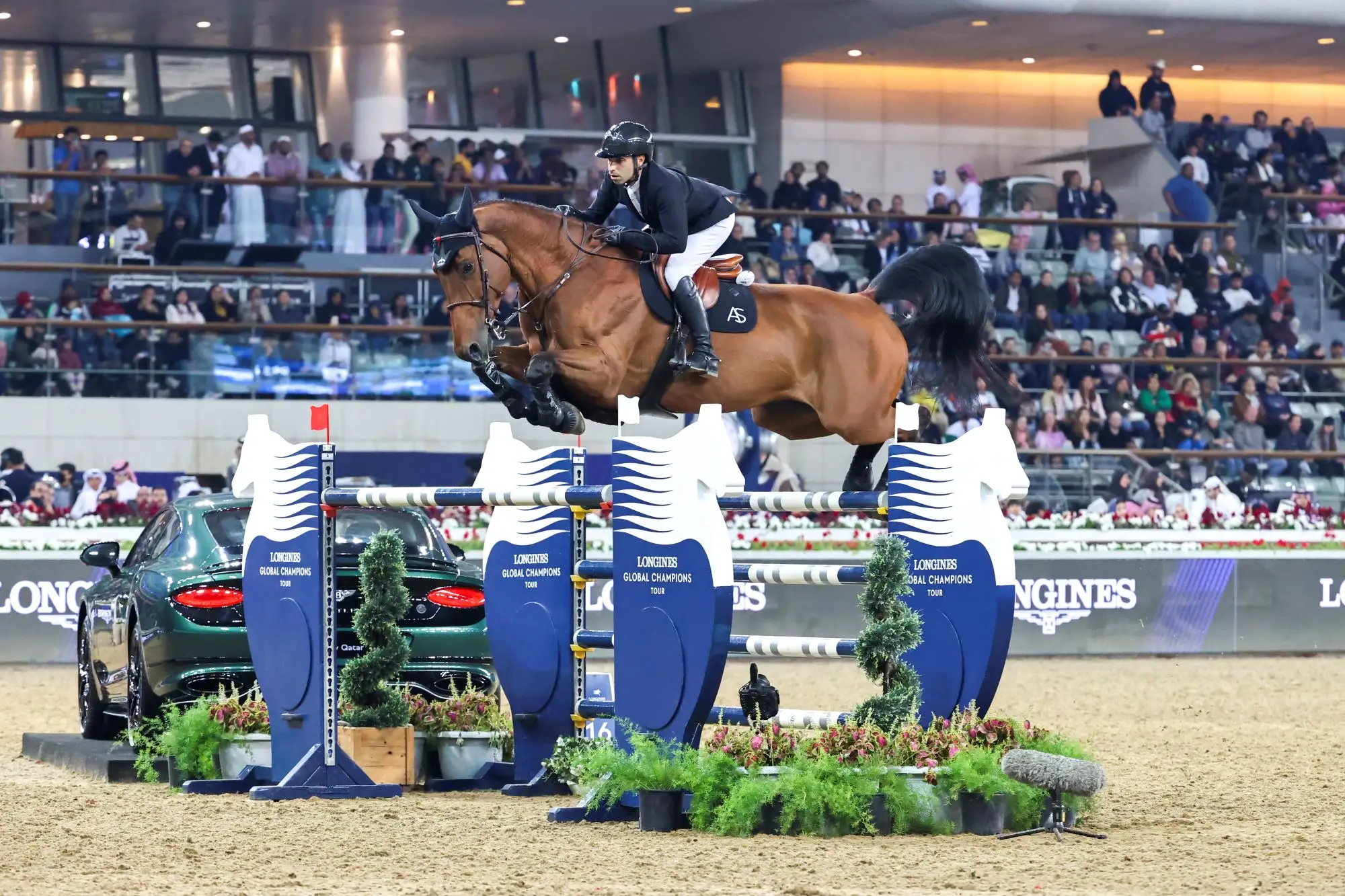
How quickly will my horse put weight on?
Weight gain will not happen overnight; it takes time and will depend on how much weight the horse needs to gain. The National Requirements for Horses suggested that it takes 16-20 kg of weight gain to change a horse’s body condition score by 1 unit (based on a 500 kg horse; 1-9 scale). Consequently, it will usually take at least 3-4 weeks before horse owners can see noticeable weight gain. It should be noted that severely emaciated horses will require specific dietary and veterinary support as they can suffer from an often fatal condition known as re-feeding syndrome.
My horse’s weight is ok but he is lacking muscle, what can I feed him to help him develop topline?
Topline in horses consists largely of muscle, which is predominately made from protein. Protein is made up of non-essential and essential amino acids. The latter cannot be made in the body and must be provided in the diet. Good quality protein is rich in these essential amino acids and plays an important role in building and maintaining muscle tone, as well as repairing exercise-induced muscle damage.
When selecting a feed to help support topline development it’s important to look at both the crude protein level and the list of ingredients, both of which will be listed on the bag/label. This will help you ascertain the overall protein content of the feed and, more importantly, the quality of this protein. Good quality protein sources (e.g. Hi-Pro Soya or Full-Fat Soya) should appear high up on the list of ingredients. For horses needing additional support to maintain condition and develop topline RED MILLS Define & Shine is ideal. This high calorie and protein pellet aids weight gain and supports muscle development. It is rich in branch chain amino acids (BCAAs) which, alongside exercise, help your horse’s topline by limiting muscle soreness and preserving muscle mass. For good-doers needing topline a conditioning horse feed is likely to be too calorific and in these situations a feed balancer for horses such as PerformaCare Balancer is an excellent choice. This will provide a concentrated source of quality protein (30% crude protein) and essential vitamins and minerals, whilst limiting calorie intake.
It’s important to remember that it can take a few months to build topline on a weak horse and feed is only one piece of the puzzle. A suitable exercise regime that targets the correct muscle groups is also essential.
My horse is very fussy and loses weight easily – how can I tempt him to eat more?
Feeding fussy eaters can be challenging, but often adding a tasty mash for horses, such as Comfort Mash, to their feed can tempt them to tuck in. Feeding a horse mash is also a great way of mixing in equine supplements and can be used to help disguise medications.
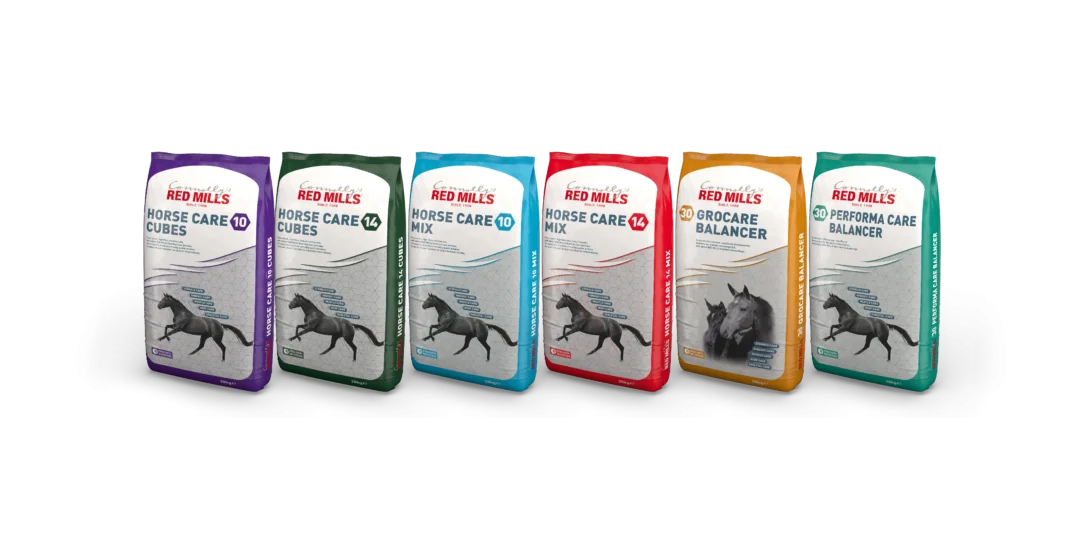
RED MILLS Low Starch Horse Feeds
Low Starch (15-16%)
Define & Shine 15.5%
Very Low Starch (3-4%)
Cool ‘N’ Conditioning Cubes 4%
*All our very low starch feeds are cereal-grain free
